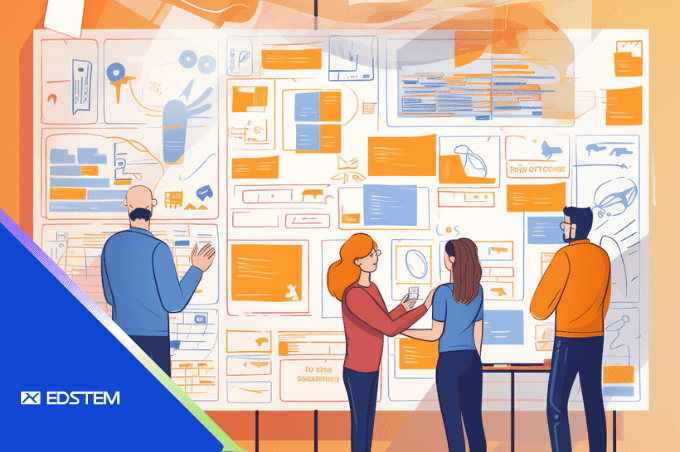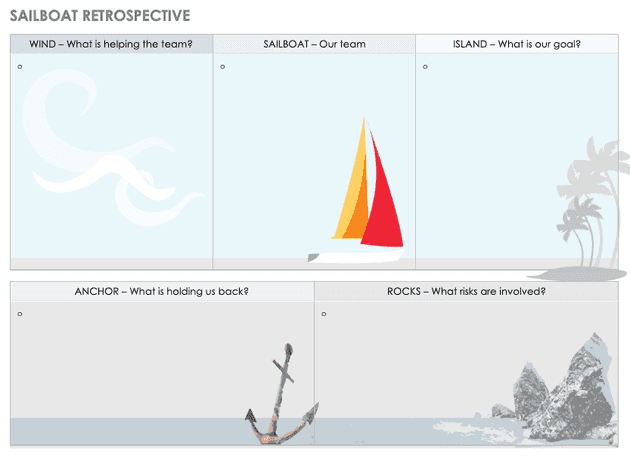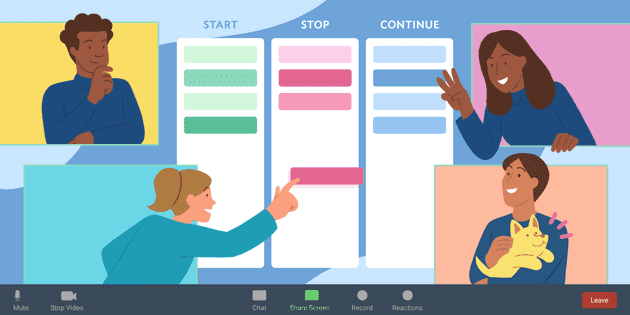Introduction:
Agile methodologies have revolutionized software development teams' work, emphasizing adaptability, collaboration, and continuous improvement. One of the most powerful tools in the Agile arsenal is the retrospective—but what exactly is a retrospective meaning and purpose? To define retrospective in simple terms, it's a dedicated time for teams to reflect on their work, identify areas of improvement, and enhance their effectiveness. The sprint retrospective is the anchor on which the iterative quality of Agile rests.
Here, we will explore how to supercharge your Agile practices by understanding what is sprint retrospective and harnessing its benefits. We'll discuss effective retrospective questions, sprint retrospective examples, and the impact of Agile project management frameworks on IT projects.
1. Understanding Sprint Retrospectives:
When is a sprint retrospective meeting held? These meetings typically occur at the end of each sprint iteration. The retrospective definition encompasses looking back and analyzing what happened in the last iteration, which provides invaluable insights and can reveal any weaknesses in the team and process. During retrospectives, the team reflects on what worked well and brainstorms ideas for sprint retrospective topics focused on improvement.
A crucial concept to remember is the retrospective prime directive, which states that regardless of what we discover, we understand that everyone did the best job they could, given what they knew at the time. This principle ensures sprint retrospective not calling out individual people, but rather focusing on systemic improvements.
2. Agile Retrospective Techniques for Continuous Improvement:
To achieve continuous improvement, Agile teams employ various retrospective ideas remote teams can easily implement. Here are some sprint retrospective ideas and techniques known to improve team effectiveness:
a) Start, Stop, Continue: This sprint retrospective template encourages team members to brainstorm ideas under three categories—things to start doing, things to stop doing, and things to continue doing.
b) The Five Whys: This technique helps teams dig deeper into root causes by repeatedly asking "why" until the true cause is uncovered.
c) The Sailboat: Many free online retrospective games, including the Sailboat, use metaphors to make retrospectives more engaging. Online retrospective games have become particularly popular for distributed teams.
There are several other techniques and approaches to retrospectives. A team should try out a few that they feel would be right for them. It is also possible to switch up the technique intermittently, also there is no harm in sticking on to one format if that proved effective to the team.
3. How to Facilitate Agile Retrospectives for Team Productivity?
A productive retrospective hinges on open and constructive conversations. Here are some tips to facilitating constructive conversations in Agile Retrospectives
a) Psychological Safety: Foster an environment where team members feel safe to express their opinions, share their experiences, and offer suggestions without fear of judgment. Encourage active listening, empathy, and respect for different perspectives.
b) Balanced Participation: Ensure that all team members have an equal opportunity to contribute during retrospectives. Encourage quieter individuals to share their thoughts, while respectfully managing dominant personalities to avoid overshadowing others.
c) Focus on Solutions: Shift the focus of discussions from blame or dwelling on problems to identifying actionable solutions. Encourage the team to collaborate and explore innovative ideas to overcome challenges.
4. Effective Agile Retrospective Practices for Team Collaboration:
Retrospectives not only improve individual team members but also foster collaboration and team synergy. Here are some practices to enhance collaboration during retrospectives:
a) Visualize the Process: Use visual aids, such as Kanban boards or flowcharts, to map out the team's workflow. This helps in visualizing bottlenecks, identifying areas for improvement, and encouraging collaborative problem-solving.
b) Rotate the Facilitator Role: Assign a different team member as the facilitator for each retrospective session. This practice promotes shared responsibility and ensures diverse perspectives in driving the conversation.
c) Celebrate Successes: While retrospectives primarily focus on improvement, it's essential to acknowledge and celebrate the team's achievements. Recognizing successes enhances team morale and reinforces the importance of iterative development and continuous improvement.
5. Implementing Agile Project Management Frameworks in IT Projects:
Agile project management frameworks provide a structured approach to managing IT projects and aligning them with Agile principles.
Here are a few popular frameworks that enhance Agile practices:
a) Scrum: The Scrum framework facilitates iterative development, close collaboration, and frequent retrospectives. It promotes self-organization, regular communication, and adaptability, allowing teams to respond quickly to changing requirements.
b) Kanban: Kanban visualizes work in progress and optimizes flow by limiting work in each stage. Regular retrospectives enable teams to analyse and refine their workflow, leading to smoother project execution and enhanced productivity.
c) Lean: Lean principles emphasize the elimination of waste and continuous improvement. By conducting retrospectives to identify bottlenecks and inefficiencies, teams can optimize their processes and deliver value faster.







